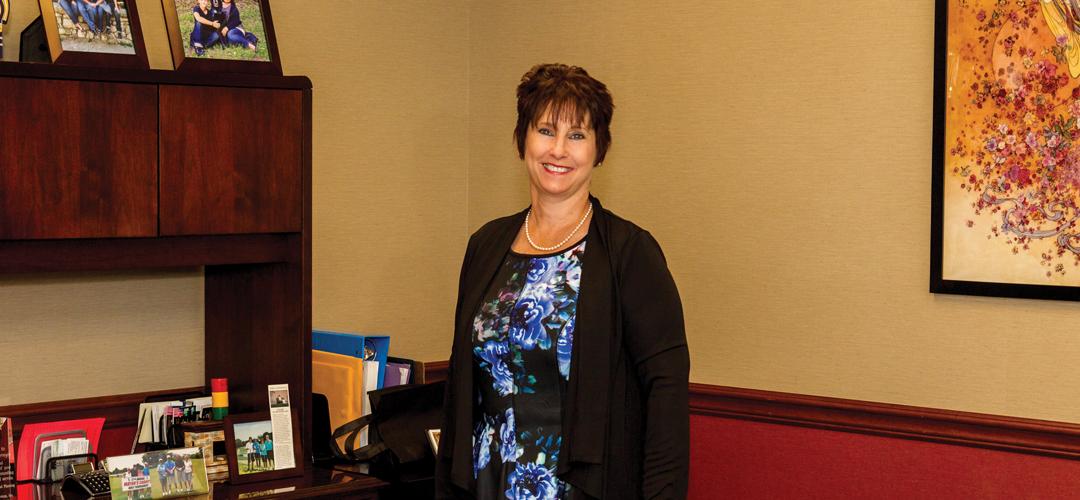Last year, nearly 10 million taxpayers fell victim to tax-related identity theft in which someone uses a stolen Social Security number to file a tax return claiming a fraudulent refund. Most taxpayers don’t even know this has occurred until their return is rejected, or the IRS sends a letter that they have identified a suspicious return using your Social Security number. Sandy Furuya, Senior Accounting Manager at [Wamhoff Accounting Services], outlines new measures for this filing season, and what you need to know.
What new measures will be in place for 2016?
- If you prepare your own tax return with a tax software package, there will be new log-on standards.
- Many states will be delaying refunds. Illinois, for example, which processes over 6 million returns (4.9 million electronically), will delay refunds until March 1, 2016. While they won’t disclose their new security measures, the delay is designed to allow more time for verification that the return is legitimate and the refund is going to the right party.
- The Criminal Investigation division of the IRS has assisted in convicting close to 2000 identity thieves in the last three years, and is currently pursuing 1700 open investigations.
What should I do if I were a victim of tax-related identity theft last year?
- Be sure you have completed Form 14039, which is the IRS’ identify theft affidavit
- If you have already completed the form, you may still be waiting for your refund. The ID verification services division of the IRS is working diligently to complete the processing of all 2014 returns, but must do a thorough check of these returns as they typically have two returns for the same Social Security number – one legitimate and one fraudulent return.
- You may have received a PTIN number to use for your 2015 income tax return. This PTIN number must be used in order to file electronically.
How can I ensure my records are safe with my tax professional?
- Secure files are a must! Ensure that all files with any type of account numbers or identification numbers are sent secured.
- All documentation should be shredded using a micro-cut shredder.
- Ask your tax professional about their firewalls and other computer system security protocols to help ensure they’re operating in a safe and protected environment.
- Look for neatness in general. A cluttered desk is not a good sign, and could lead to your personal information being mixed up in someone else’s file!

